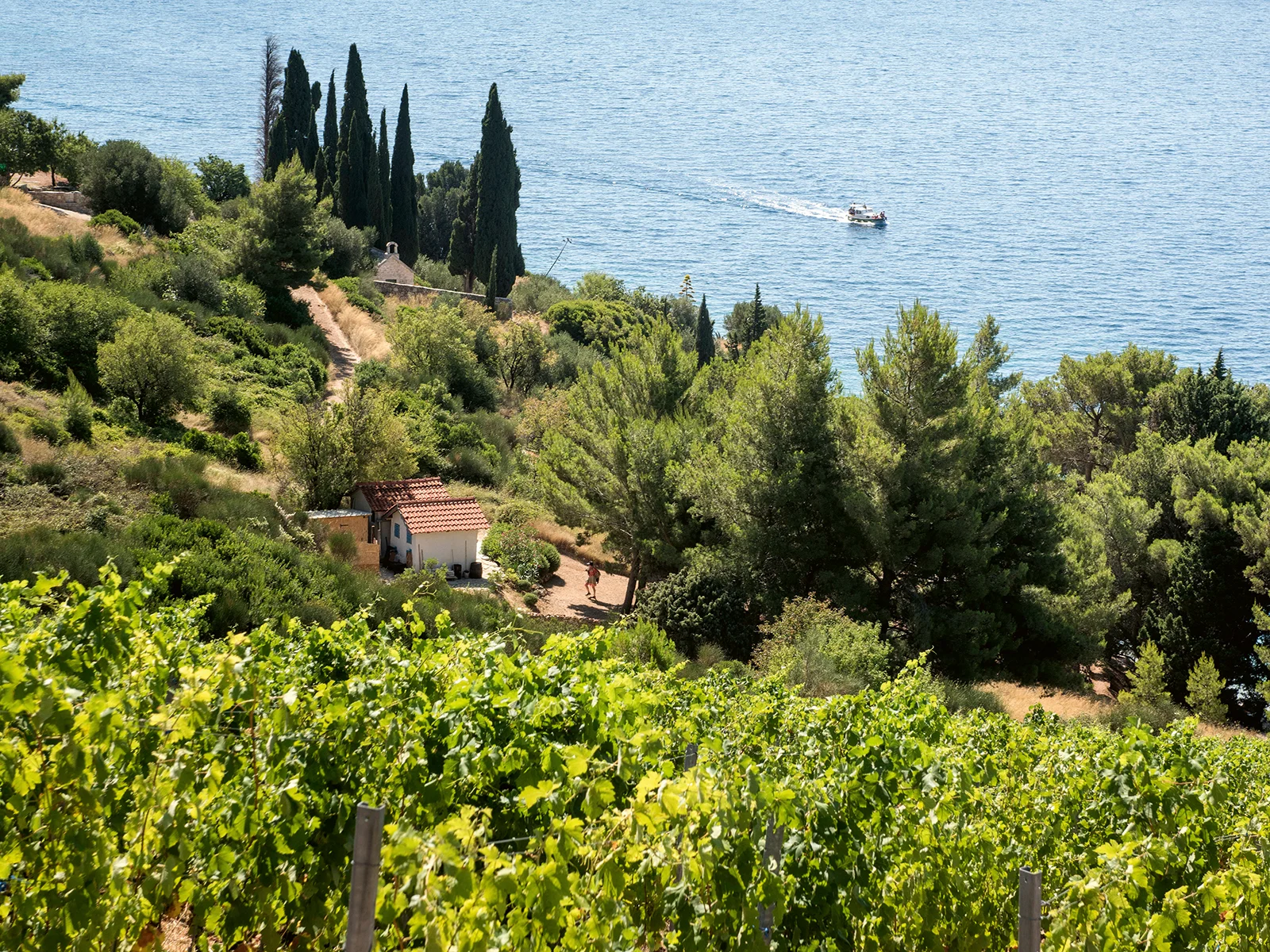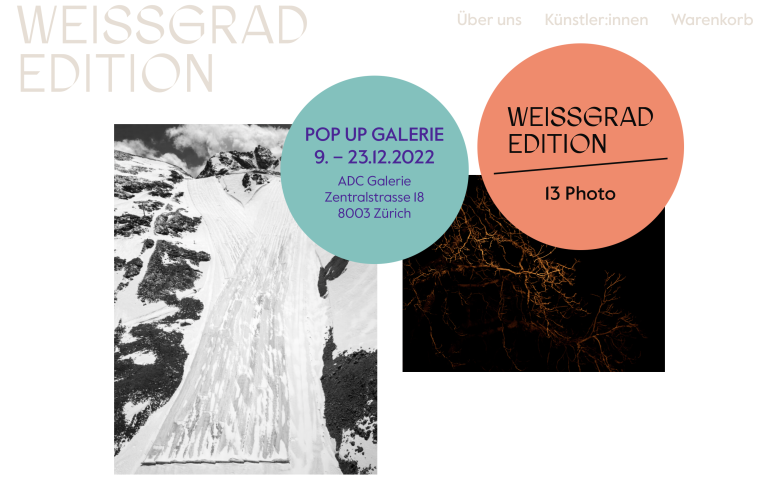Are you tired of always drinking the same wines and are you looking for a good wine to surprise your guests with for the coming festive season? The article recently published by Luxury Defined, the online magazine of Christie’s International Real Estate, will certainly help you.
The author argues that “understanding the nuances of Croatian wine history and its current renaissance requires a crash course in the politics of the Balkans, but falling in love with the wines themselves only takes a single sip, whether or not they’re served with a view of the country’s glittering Adriatic coastline.”

The Croatian geography and climate naturally lend themselves to fine wine production. Malvasia Istriana, pictured, is one of the region’s most prized white grape varieties. Image: Buena Vista Images / Getty
“The azure waters and islands of Dalmatian coast have always drawn tourists,” the article continues “but the rise of Croatian wine is inextricably linked with the country’s geopolitical fortunes—fates that have changed dramatically in the 32 years since the country gained its independence from the former Yugoslavia, and in the 10 since Croatia joined the European Union in 2013.”
Newly expanded market access offered Croatia’s legion of small, predominantly family-owned wineries an opportunity to export their wares to consumers beyond summer tourists craving a nostalgic sip.
Love at First Sip
This combination of education, an open market, and Croatia’s geography has catapulted the country’s wines into the spotlight, specifically bottlings made from indigenous grape varieties such as Plavac Mali, Teran, Pošip, and Malvasia Istriana.
Cultivated for centuries, these are ideally suited to the warm, coastal climate and yield prismatic wines that range from powerful, dense reds to mineral-driven and citrusy white wines.
While Croatia has 18 official wine-growing appellations, the coastal zones of Istria and Dalmatia—both located east of Italy along the Adriatic Sea—are the most well-known and exported. Here, limestone soils similar to those found in Burgundy and Champagne combine with warm, dry temperatures and steep hillsides in a trifecta ideal for premium wines.

Looking out over the Adriatic Sea, Croatia’s coast has a warm climate that makes for perfectly ripened grapes, and draws in visitors from around the world. Image: Adrian Sherratt / Alamy Stock Photo
“We have four climate zones for wine growing here, and we can grow almost anything. You can make big wines from Plavac Mali and Zinfandel, Merlot, and Pinot Noir, and Mediterranean-style wines too,” says Ivan Miloš of Miloš winery, whose family has been crafting wine on Dalmatia’s Pelješac peninsula for 500 years. Miloš brings a reverence for the region’s terroir and history to the forefront in its low-intervention wines.
“We grow all of our own grapes and do everything at our estate,” he says, adding that the winery focuses exclusively on Plavac Mali, a cousin of Zinfandel.
Mali, known for its dark, full-flavored grapes and long-lived wines with excellent structure, with organic methods and an eye for longevity in the cellar. “The oldest bottles we have in the cellar are from 1942, and still amazing. We age some of our wines up to 10 years at the estate, and they really can last in the cellar.”
For more information, read the complete article here.
Interested in getting into the wine business? Discover vineyard estates in popular wine regions, and read more from the Fall/Winter 2023 issue of Christie’s International Real Estate magazine here.



